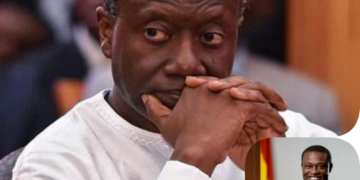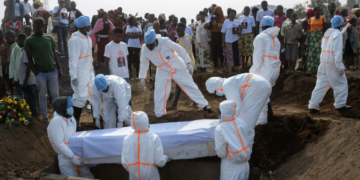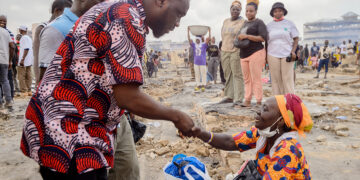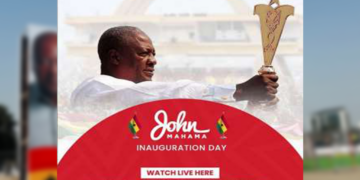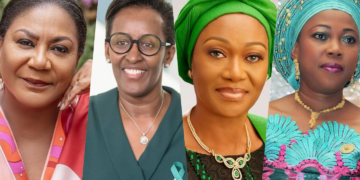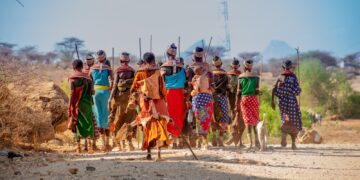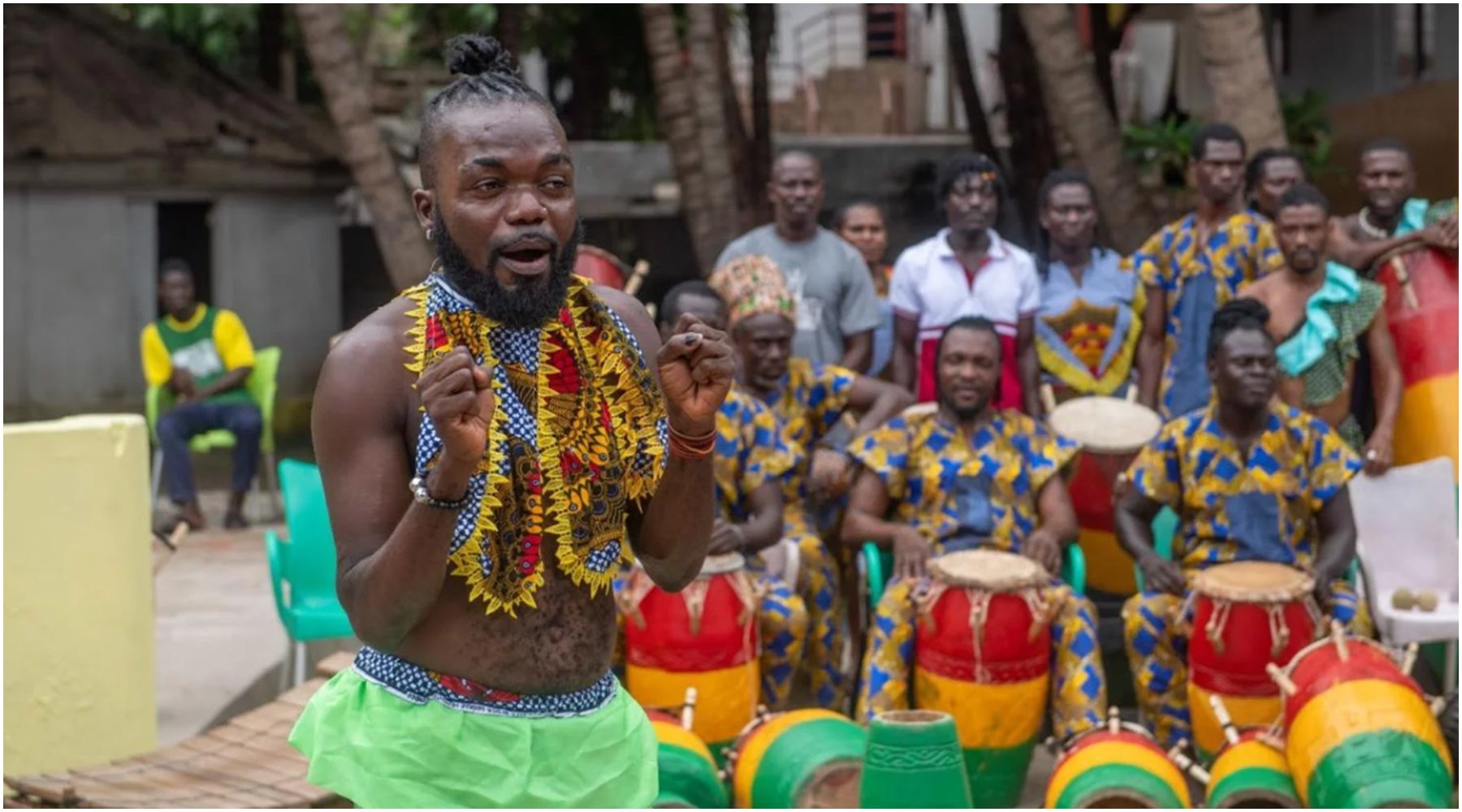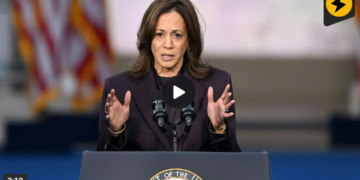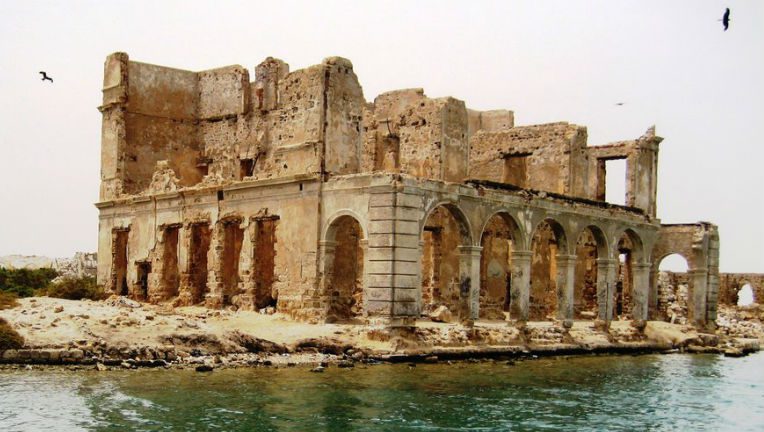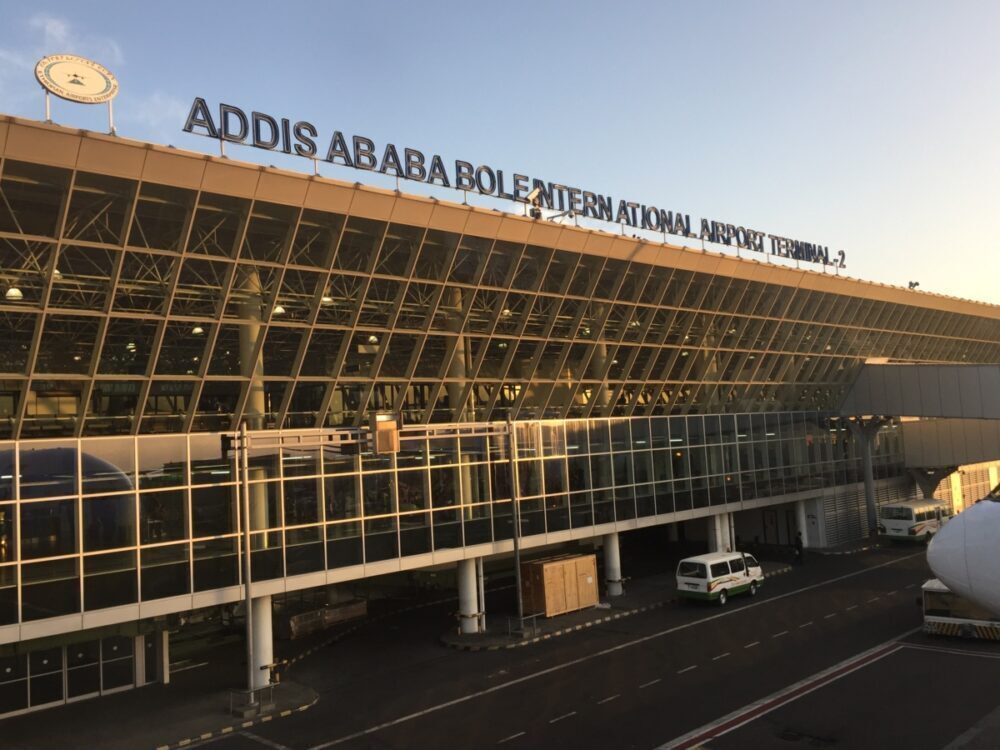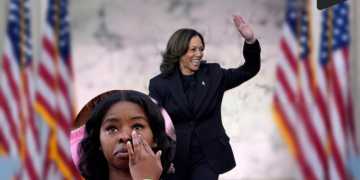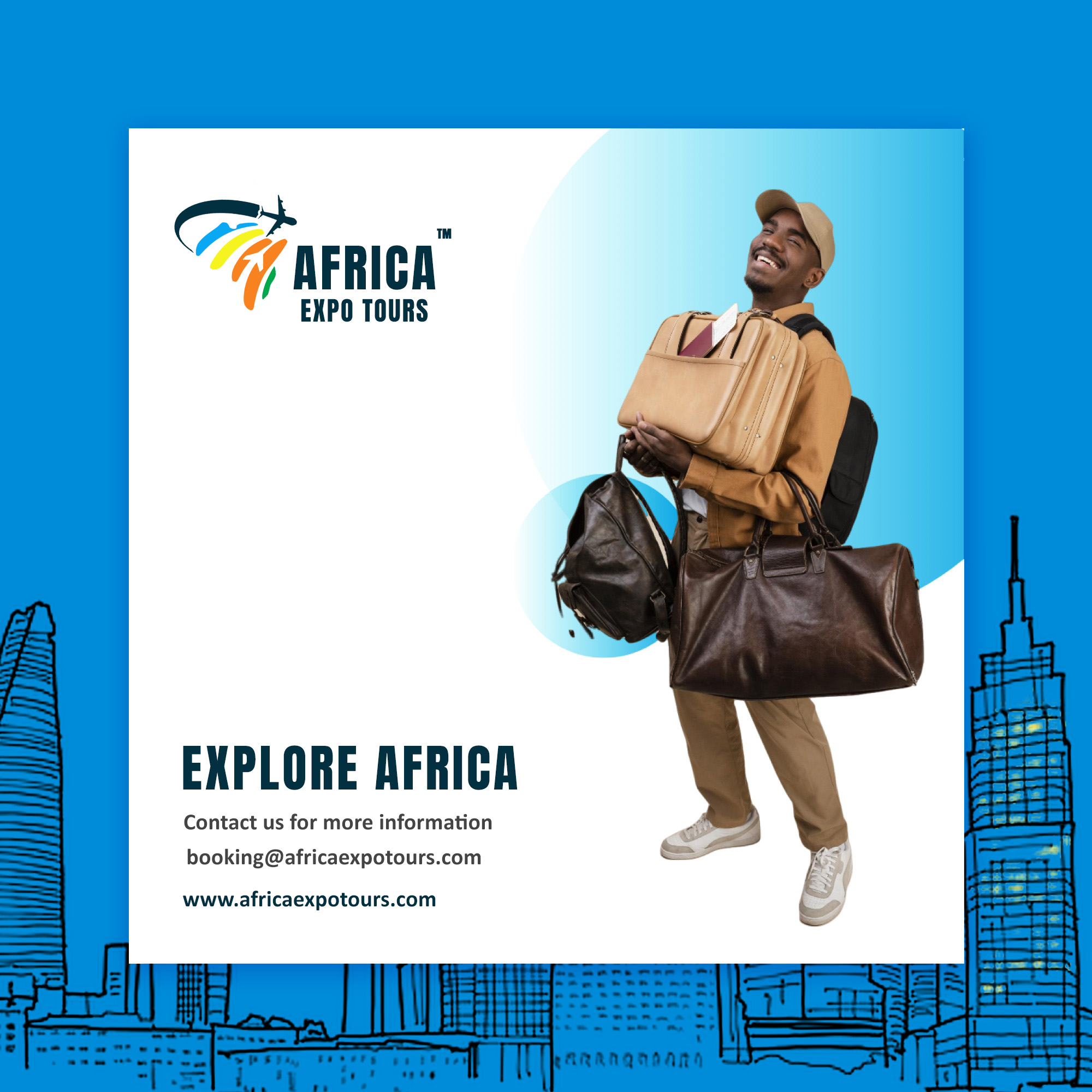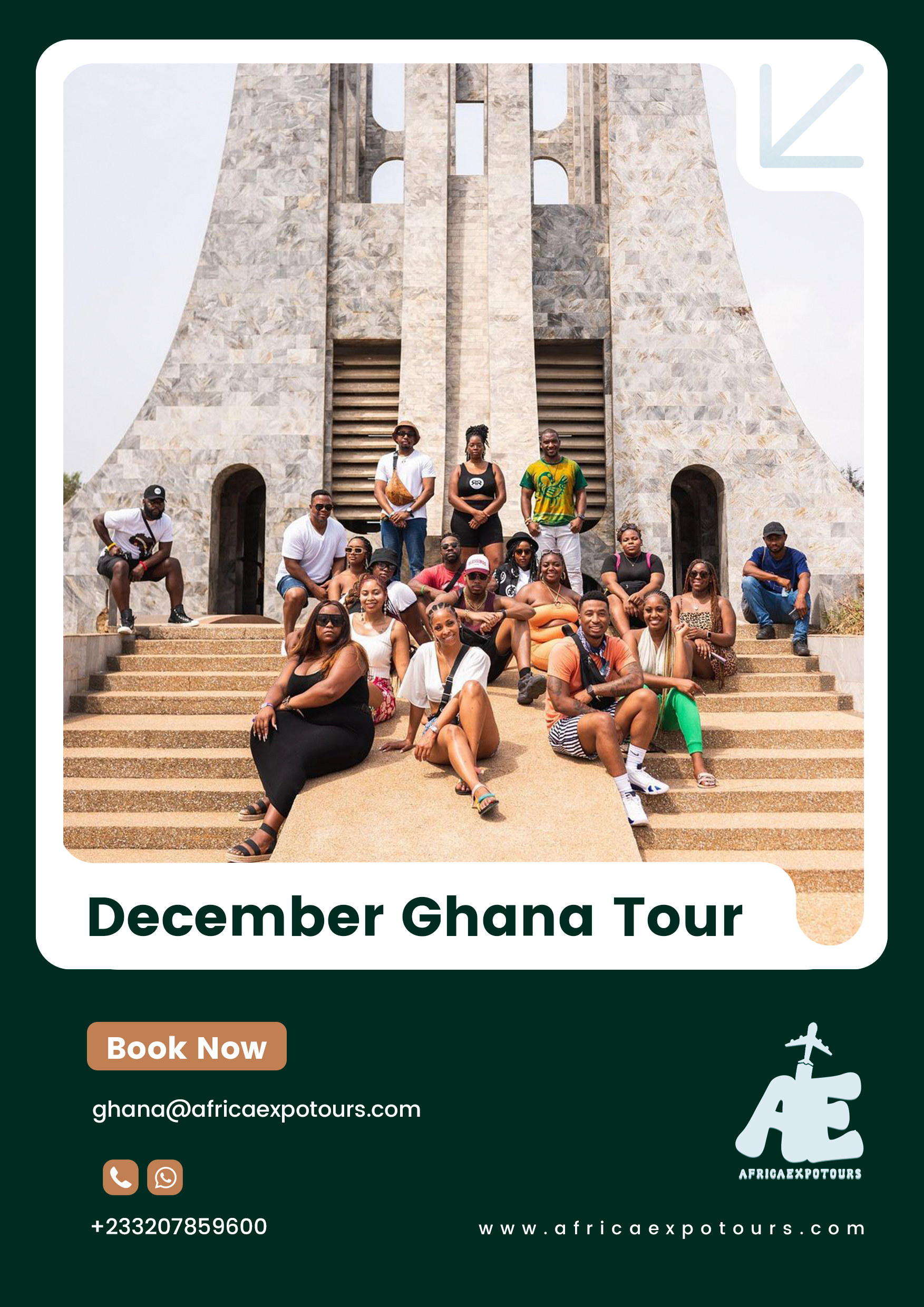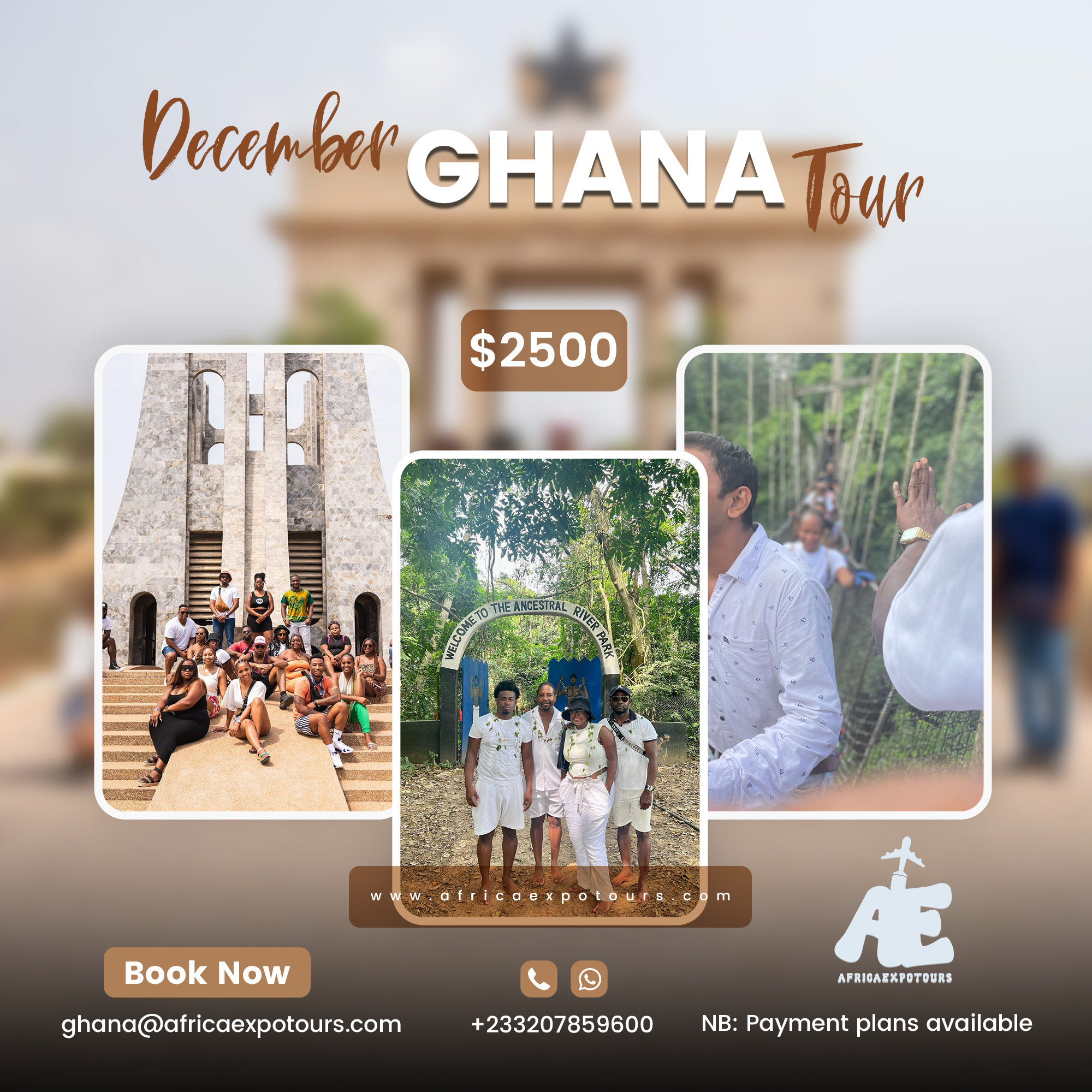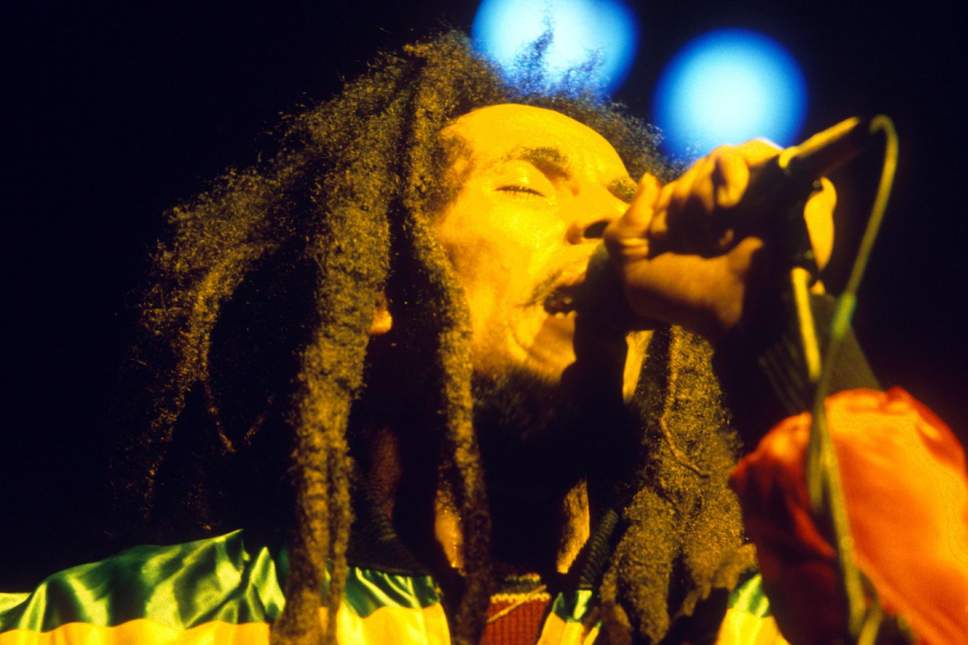 Reggae has been added to a list of international cultural treasures which the United Nations has deemed worthy of protecting and promoting.
Reggae has been added to a list of international cultural treasures which the United Nations has deemed worthy of protecting and promoting.
The music, which grew out of Jamaica in the 1960s thanks to artists like Toots and the Maytals, Peter Tosh and Bob Marley, was added to the collection due to its “intangible cultural heritage”.
Reggae is “cerebral, socio-political, sensual and spiritual,” said Unesco.
It has “penetrated all corners of the world,” added a Jamaican spokesperson.
Reggae emerged from the Caribbean in the late 1960s, growing out of the ska and rocksteady genres, with early pioneers like Lee Scratch Perry, Prince Buster and the Wailers, founded by Marley, Tosh and Bunny Wailer.
Millie Small’s 1964 ska cover of My Boy Lollipop also helped introduce reggae’s laidback groove to the world.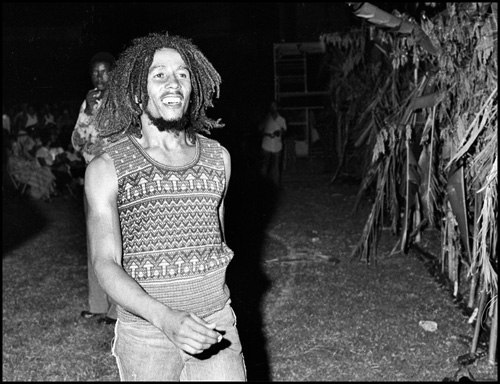 Reggae became popular in the United States but particularly flourished in the UK, which had become home to many Jamaican immigrants since the end of World War Two.
Reggae became popular in the United States but particularly flourished in the UK, which had become home to many Jamaican immigrants since the end of World War Two.
The British reggae label Trojan, which celebrates its 50th birthday this year, introduced the world to artists like Desmond Dekker, Jimmy Cliff and Bob and Marcia.
Jamaica had applied for reggae’s inclusion on the list this year at a meeting of the UN agency on the island of Mauritius.
“Reggae is uniquely Jamaican,” said Olivia Grange, Jamaica’s culture minister, “It is a music that we have created that has penetrated all corners of the world.”
Announcing the decision, Unesco (United Nations Educational, Scientific and Cultural Organisation) said the music’s “contribution to international discourse on issues of injustice, resistance, love and humanity underscores the dynamics of the element as being at once cerebral, socio-political, sensual and spiritual”.
It added: “The basic social functions of the music – as a vehicle for social commentary, a cathartic practice, and a means of praising God – have not changed, and the music continues to act as a voice for all.”
Other cultural traditions which made the list included a Spanish riding school in Vienna, a Mongolian camel-coaxing ritual and Czech puppetry.

